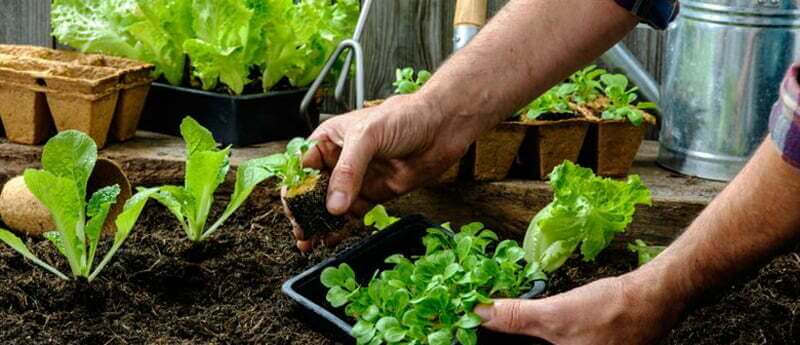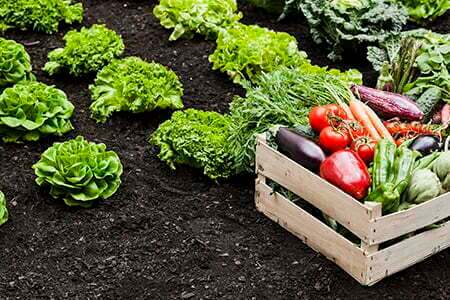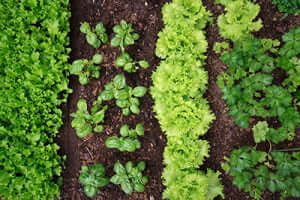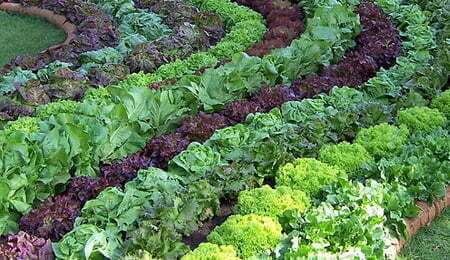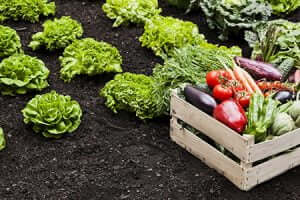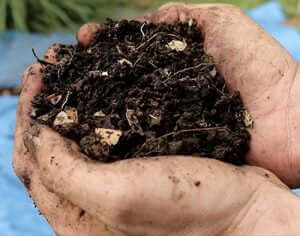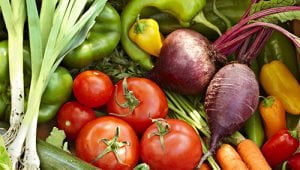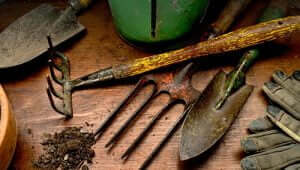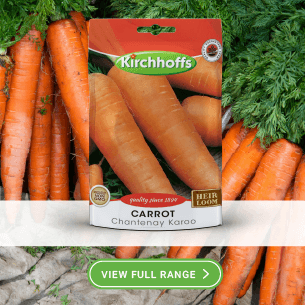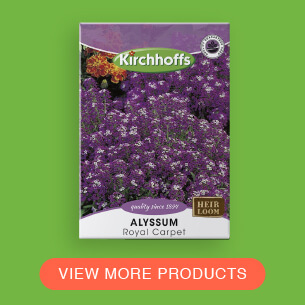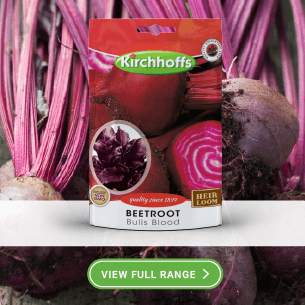No matter if you’ve sown a single seed in your life or are a veteran gardener these expert tips and tricks will set you well on your way to homegrown food and successful vegetable gardening. Follow these 5 steps on how to start a vegetable garden and you won’t be disappointed.
Follow these 5 steps on how to start a vegetable garden and you won’t be disappointed.
Step 1 planning and researching your vegetable garden.
Planning is the secret to a successful vegetable garden. Before you dive and get dirty it is important that you do some basic planning and preparation, this will save your buckets of problems down the road. think and plan for the following: Many factors will influence your vegetable garden, its size and what you can grow with your given resources. Some people have limited space, others grow for economic, organic or health reasons and many just want to garden and grow their own food. Keep in mind numerous vegetables are more difficult to grow and take more time and energy to produce a very little harvest, many other vegetables take up large volumes of space and are cheap in the vegetable store, so it’s important to determine the following before you jump a shovel through your lawn.
Questions to ask when planning a vegetable garden:
- Why do you want a vegetable garden?
- Which vegetables do you want to grow?
- How much space do you have ad need to grow your desired vegetable crops?
- How much time can you devote to your vegetable garden?
- Do you want to grow vegetables organically or more conventionally?
- Who else in the family is interested in vegetable gardening?
- Where will you grow your vegetable patch?
- What budget do you have available for your vegetable garden?
- Do you have legal access to enough water to maintain a vegetable garden?
Is best to list the vegetables you plan on growing so you can do some research on individual crops. Some vegetables don’t like growing next to one another, other variables like water and light requirements or seasonal growing preferences will also influence which vegetables you can grow. Remember the PlantInfo database makes researching plants easy for you with user-friendly icons and to the point informative drop downs on every plant visit our vegetable category here.
Step 2 Selecting the right location and type of bed for your vegetable garden.
Always grow vegetables in full sun and protected from the wind. Poor light conditions will almost guarantee a bad harvest and unhealthy pest infected plants. Herbs and veg must get at least 6 hours of sun a day. More light = bigger produce and tastier home-grown treats. Vegetables are best grown in raised beds. This prevents soil around plants getting compacted from you walking and working around them and allows so much more freedom to get the soil structure right when it comes to temperatures, drainage etc. Not to mention you won’t break your back every time you give your plantlets some love. If you have pets and children, do yourself a favour and trust me, raised beds are the way to go. Proper drainage is essential when growing vegetables so select a spot which allows for good drainage and doesn’t gather runoff water during excessive rains. Try position your vegetable garden close to your kitchen or keep a few herbs potted up next to the braai. Keep in mind, vegetables love water and you will need to water them regularly so select a spot which is close to a tap.
Step 3: Select a good soil
Good soil is what will make or break your vegetable garden, you need a rich well-drained soil mixture which holds moisture well and encourages good soil temperatures. Specialised herb and vegetable potting mixes are available at nurseries, but a 50/50 mixture of lawn dressing and compost works just as well. If you think you are fancy add some vermiculite, peat or sphagnum moss or other water retainers to the mix. Be sure to check your soil pH remains between 5.5 and 7.5 and you will be fine. A good helping of an organic general vegetable fertiliser like Vita Veg 6:3:4 (16) is always a good thing when preparing your soil for herbs and vegetables.
Step 4: Which vegetables to grow?
Here the purpose of your vegetable garden, how much space you have available the current season will all play a big role. Its often a good idea to map out where you will be planting what. Keep the following in mind when choosing vegetables to grow.
Group together plants with similar soil, water and light needs. Some plants grow better when grouped together and others dislike growing next to each other. Will you be planting in rows or more informally? There are compact growing vegetable varieties available for gardening in small spaces. It is always worth adding some flowering plants to your vegetable garden, they will add a splash of colour and many will deter pests. Some gardeners prefer to grow herbs alongside their vegetables. Try these recommended vegetables for your vegetable garden they all produce results relatively easy and don’t require much maintenance.
- Tomatoes
- Chillies
- Bush beans
- Peas
- Lettuce
- Beets
- Carrots
- Spinach
- Radishes
- Marigolds and Nasturtiums to discourage pests and add some colour
Step 5: Maintenance is key.
As with most things in life, for good results, you need to pay attention. Shorter periods of more regular attention in the garden is better than longer periods less often. Check your vegetables weekly for insects, pests and diseases. Prevention is always better than cure. Feed vegetables regularly – feed every second week or so with a water-soluble fertiliser. Try to water your vegetables at the base of the plants and avoid water on foliage and fruits, this tends to encourage pest activity. Water early in the morning or late afternoon. Remove dead and diseased material as it appears. Many vegetables like tomatoes and some bean varieties need to be supported with a frame or trellis as they grow. Keep an eye on when to harvest, if you don’t check your vegetables regularly they may over ripen before you have a chance to pick them.
Tips when starting a vegetable garden:
Start slowly with a small vegetable garden, if you try and create a farm overnight you are bound to be disappointed. Try not to start your own plants from seed the first year, buy healthy, compact and bushy little plants from the nursery instead. – Tip, visit the nursery on Friday afternoon or early Saturday morning for the best stock. Protect your vegetable investment with mulch, add a layer of mulch around your plants to improve water retention, temperatures and weed control. Space your plants properly. Vegetables planted too close together compete for sunlight, water, and nutrition and struggle to mature. Plantinfo makes this easy with seed sowing and planting instructions as well as size indications on most of the vegetables in our database- find them here or search what you are looking for. Use high-quality fresh seeds. Old seed often struggles to germinate, make sure your seed is from a reliable source. For best results sow in trays, plant out and space plantlets as they mature. Water your vegetables properly, never allow your vegies especially seedlings to dry out. Dig your finger in the top 10cm or so of your vegetable bed and check to soil moisture regularly. Make sure you plant and harvest at the right time, make yourself a vegetable gardening calendar, list when what is planted and make notes as you grow throughout the year, this information will be invaluable for next growing season.
